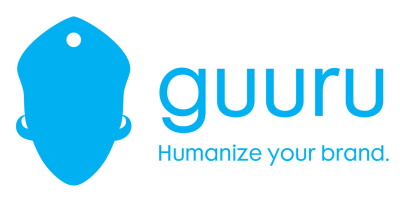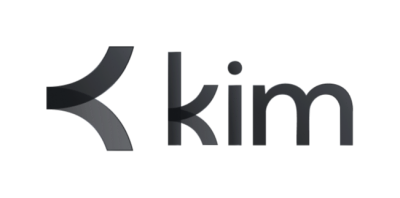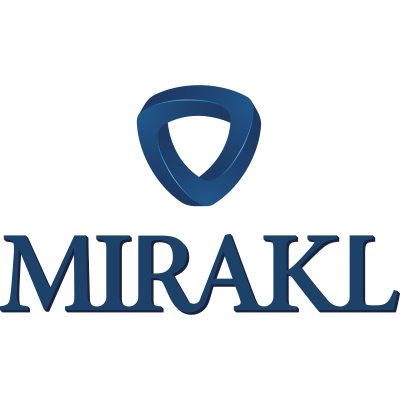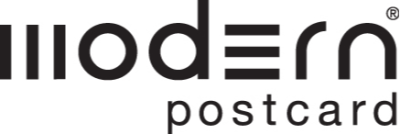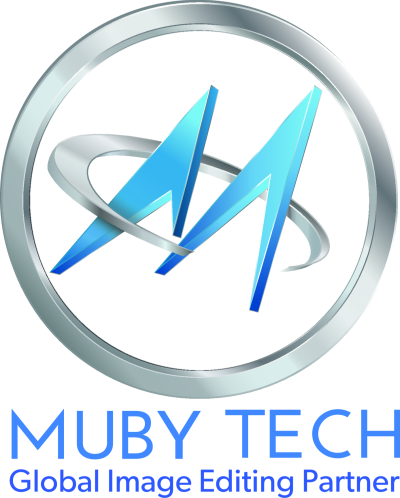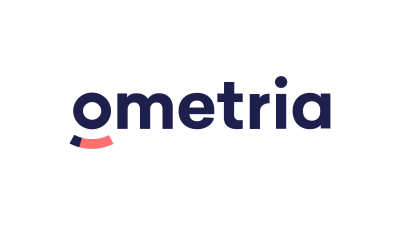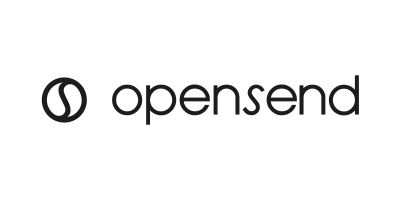The State of Customer Acquisition
How Marketers are Confronting the Challenges of a Noisy Marketplace
A WBR Insights Consumer Markets Report

Digital Marketers Are Up Against a Wall
In B2C markets, digital marketers trying to acquire new customers face growing competition and increasing pressure from executives. But the obstacles they need to overcome — rising costs, consumer privacy concerns and the challenge of differentiating their brand in a noisy marketplace — are just as formidable. How are marketers responding?
The State of Customer Acquisition examines marketers’ experience as they wrestle with these problems, and the channels, tactics and promotional strategies they’re using to meet them.
The report also identifies how marketers plan to spend their budgets, and how promotions, discounts and gated offers are creating new acquisition opportunities in the highly competitive retail, travel and financial services industries.
Key insights from the study include:

Pressure
77%
of marketers agree that their teams are under more pressure to meet acquisition and revenue goals versus last year. Marketers in travel (97%) and retail (81%) are under the most pressure on average.

Promotions
80%
of marketers say promotions and discounts are important components in their customer acquisition strategy.

Distinction
54%
claim a lack of differentiation prevents them from achieving higher conversion rates with their promotions.

Gated Offers
95%
said they would be interested in using or learning more about gated offers as a customer acquisition tool.
2
About the Study
SheerID partnered with WBR Insights to survey 150 leaders in customer acquisition across five different consumer-facing industries. Most respondents represent B2C companies generating $1 billion or more in annual revenue.
The vast majority of respondents are directly involved in customer engagement and acquisition initiatives. Nearly half of respondents (47%) are customer experience experts. Most of the remaining respondents are customer acquisition (27%) and customer retention or loyalty (24%) experts. Two percent of respondents have some other role.
What is your primary role?

In each case, nearly one-quarter of respondents are in retail (24%) and financial services (21%) industries. Twenty percent of respondents are in the travel industry. The remaining respondents are in the food services (18%) and consumer-packaged goods (17%) industries.
What best describes your industry?

Digital Marketers Are Under Pressure
40%
of marketers “feel like Bill Murray in Groundhog Day — running on a never-ending hamster wheel”
When it comes to meeting acquisition and revenue goals, most digital marketers feel like they’re up against a wall. A significant majority (77%) said their teams are under more pressure than last year, and in some industries it’s even worse. Ninety-seven percent of travel marketers and 81% of retail marketers are feeling the squeeze. The only group that saw any relief were executives. Just 33% of c-suite members felt the same pressure.
To get an even clearer picture, we asked marketers to characterize their experience, and nearly half said they felt like Bill Murray in Groundhog Day — running on a never-ending hamster wheel (40%).
Marketers are racing to succeed, but their efforts to make their brand voice heard are being drowned out by a deluge of competing messages. Even with targeted advertising, marketers face fierce competition from companies attempting to reach the same groups of consumers.
3
What’s Causing this Pressure?
Marketers feel like they’re running nowhere fast, but what’s holding them back? In the broadest sense, it’s overcoming the diminishing returns of their efforts to acquire new customers, but what’s making that so hard?
8 in 10
digital marketers are under more pressure to meet acquisition and revenue goals.
#1: A Crowded Marketplace with Wall to Wall Noise
Our survey revealed that when it comes to customer acquisition, 23% of marketers — the most respondents among six categories — claim differentiation from competitors is their most challenging problem. The urgent need to stand out is driving more frequent promotions across industries, but in a marketplace overrun with competing ads, they’re inadvertently making things worse by adding to the racket.
#2: Privacy Concerns and a Lack of Control
Marketers’ efforts to reach their buyers are also impeded by a lack of control of their data. They implement a range of programs, but information compliance and privacy laws (e.g. GDPR) restrain their efforts and prevent them from maximizing their results. Nineteen percent of marketers rate privacy concerns and/or privacy regulations as their most challenging problem in customer acquisition; 21% rate this as their second- most challenging problem.

Marketers are further restricted by limitations imposed by the platforms they use. Sixty percent of marketers said they were troubled by their lack of control of consumer data with online and social advertising networks — a problem that’s further exacerbated by the fact that the major advertising networks control over 50% of the U.S. digital advertising market.
Differentiation depends on marketers’ ability to deliver truly distinct messages, but privacy and data restrictions stand in the way. Marketers need new methods to create personalized experiences for their buyers that also protect consumer privacy.
4
#3: Costs That Keep Spiraling Upwards
In addition to facing a complex and restrictive marketplace, marketers also have fewer resources to work with. The rising costs of executing campaigns is leaving marketers in the difficult position of having to generate more with less.
Most marketers already measure the success of their customer acquisition programs by cost per acquisition (51%). But as companies compete against one another to reach and convert key audiences, increasing costs have become the third greatest challenge among respondents (16%).
Marketers are also concerned about the level of control online and social advertising networks have over consumer advertising. Nearly half of marketers (49%) are worried about rising costs associated with this level of control, and they’re looking for ways to adapt their strategies to manage it.
1 in 2 marketers are worried about the rising costs of digital advertising.
What’s Contributing to the Noise?
In order to succeed, brands need to break through the noise. Unfortunately, the strategies pursued most often are those that further add to the problem. Instagram has 2 million active advertisers1, and digital marketing experts estimate that most Americans are exposed to between 4,000 to 10,000 advertisements each day.2
#1: Marketers are Heavily Using Mass Discounting Tactics
Eighty percent of marketers consider sales promotions and discounts important to their customer acquisition strategies, and the majority of marketers believe these tactics are among the top-three most effective strategies in helping them reach their customer acquisition goals.
However, most marketers are offering the same promotions to everyone. Sixty-one percent of respondents said they regularly use universal price discounting as a customer acquisition tool. And that number is even higher in the travel (93%) and retail (89%) industries.
In contrast, marketers in financial services are using selective or exclusive promotions (e.g. deals for military veterans) at a much higher rate (63%) than their peers in retail (47%) and travel (34%).

5
A Closer Look:
Universal Price Discounting vs. Exclusive Promotions by Industry
A closer look at universal price discounting and exclusive promotions shows that financial services organizations are both most likely to use exclusive promotions (63%) and least likely to use universal discounts (47%) compared to retail and travel. Conversely, travel organizations are least likely to use exclusive promotions (34%), while nearly all will offer universal price discounting (93%).
Retailers represent the median for both types of offers, though they are far more likely to offer universal price discounting (89%) than exclusive promotions (47%).

These numbers suggest that marketers might be unwittingly digging themselves into a ditch. If most marketers are relying on mass discounts, the only way to actually differentiate is by making the discounts deeper, and our survey bears this out. The majority of marketers say their promotions are prevented from achieving higher conversion rates by:
- Consumer fatigue or conditioning to discounts (55%).
- A lack of differentiation (54%).
- An inability to target a specific segment (53%).
Universal discounting is a popular strategy, and even though it’s ineffective, marketers seem hard- pressed to move beyond it.

6
#2: Marketers Are ‘Promotion Happy’
Not only do marketers prioritize promotions and discounts as an important part of their marketing mix, they are increasing how often they use them. In fact, 56% of retail marketers believe increasing the level or frequency of promotions and discounts will help increase sales.
Overall, 90% of all marketers run promotions quarterly or more — but the frequency varies between industries.
Ninety-three percent of travel marketers run promotions either weekly or continuously, followed by
75% of retail marketers. In stark contrast, only 13% of financial services marketers run weekly or continuous promotions.
On top of that, 62% of travel and 50% of retail marketers claim nothing prevents them from running more promotions. These growing frequencies have driven results in the past, but the more they increase, the noisier the market becomes, making it even more difficult for brands to distinguish themselves. As brands do more of the same, the problem will worsen, even as the cost to compete increases.
Would increasing the level or frequency of promotions and discounts help you increase sales?
56%
YES


44%
NO
7
#3: With Spending, It’s Only Going to Get Worse
The survey also showed that although frequency of promotions compounds the problems marketers face, they plan to maintain or increase their spending across all channels, which will only increase the level of noise.
This is particularly true in broadcast and social, channels in which more than 40% of marketers plan to increase their spending. Ironically, this move will contribute an even greater level of noise in the marketplace because these channels are the hardest for consumers to ignore.
Marketers plan to sustain or increase spending across all channels.

8
Where is Customer Acquisition Heading?
Marketers have a dilemma. More than two-thirds (67%) rely on sales and promotions to reach their customer acquisition goals, but the majority (65%) also worry that running more promotions will either devalue their brand, reduce their margins or condition consumers to expect discounts.
This presents a real challenge for marketers, but they’re taking it on. While many plan to spend more across all channels, an even greater number (71%) are looking for ways to differentiate through new advertising channels versus investing more in the same ones (51%). They’re looking for acquisition strategies that leverage what’s working while also minimizing the risks.
The prevailing wisdom in marketing has been that more personal and targeted campaigns drive results. And while brands have been doing this with messaging, they haven’t been able to do it with promotions — until recently. The arrival of gated, exclusive offers has given marketers the opportunity to create and deliver more personalized promotions.
The Case for Gated Offers
Gated offers are promotions designed to target members of a particular group based on their occupation, life stage or affiliation, such as teachers, students, seniors, or the military. Customers have to prove their eligibility to receive the promotion; for example, a student must verify they attend college to receive a back-to-school offer.
This inherent precision is what’s drawing marketers to gated offers. The majority of marketers (70%) said they would either test or regularly use gated offers as part of their promotions mix.
And marketers who are under the greatest pressure and running the most promotions are the most willing to use them. Seventy-eight percent of retail and 93% of travel marketers said they would use gated offers today.
Would you be interested in creating a gated offer to improve conversion rates?

9
Above the Noise: Enthusiasm for Gated Offers
95% of marketers claim they would be interested in using, testing or learning more about gated offers as a customer acquisition tool. 78% of retail marketers and 93% of travel marketers would use gated offers today.
Conclusion
These numbers suggest that marketers might be unwittingly digging themselves into a ditch. If most marketers are relying on mass discounts, the only way to actually differentiate is by making the discounts deeper, and our survey bears this out. The majority of marketers say their promotions are prevented from achieving higher conversion rates by:
Marketers run frequent promotions and rely heavily on mass discounts to acquire new customers, but these approaches run the risk of making differentiation even harder by raising the level of noise and diminishing a brand’s ability to reach its audience.
Looking ahead, marketers are planning to spend more across all channels and seeking out new acquisition strategies to reach their buyers directly. Gated offers are emerging as an appealing option because they give marketers the ability to precisely target groups of buyers with segment-specific promotions. Retail and travel marketers in particular are exploring this new approach, but all marketers are looking to gated offers to be a winning tool in their efforts to stand out in a competitive space.
10
About the Authors

SheerID’s leading digital verification platform instantly verifies the identity of individuals and businesses, enabling enterprises to deliver exclusive offers and experiences to high-value customer segments while mitigating fraud and minimizing friction. By using authoritative data sources to verify credentials in real-time within an organization’s brand experience, SheerID delivers a seamless customer experience that reduces churn and fuels loyalty to drive revenue growth. As a result, the world’s biggest brands – including Amazon, Lowe’s, Spotify and T-Mobile – rely on SheerID as their trusted verification partner. Founded in 2011, SheerID is backed by Voyager Capital and Centana Growth Partners.
To learn more, visit: www.sheerid.com

WBR Insights is the custom research division of WBR (Worldwide Business Research), the world leader in B2B focused conferences. From research-based whitepapers to benchmarking reports, infographics and webinars, our mission is to help global institutions across a variety of industries to inform and educate their key stakeholders while achieving their strategic goals.
For more information, please visit www.wbrinsights.com
1. Instagram Business Team. “2M Monthly Advertisers on Instagram.” Instagram Business, September 25, 2017. https://business.instagram.com/blog/welcoming-two-million-advertisers
2. Marshall, Ron. “How Many Ads Do You See in One Day?” Red Crow Marketing, Inc. September 10, 2015. https://www.redcrowmarketing.com/many-ads-see-one-day/
11

























































